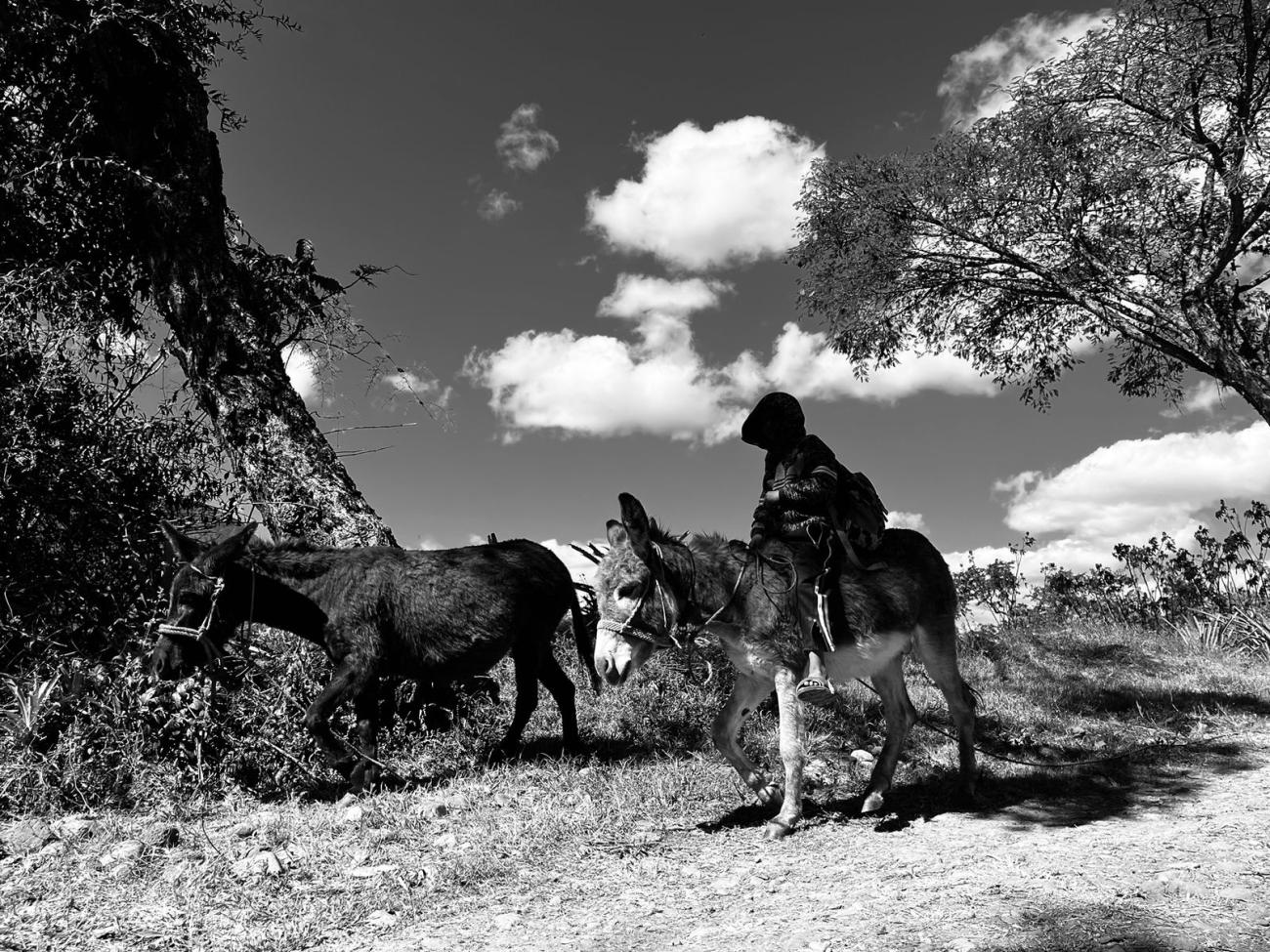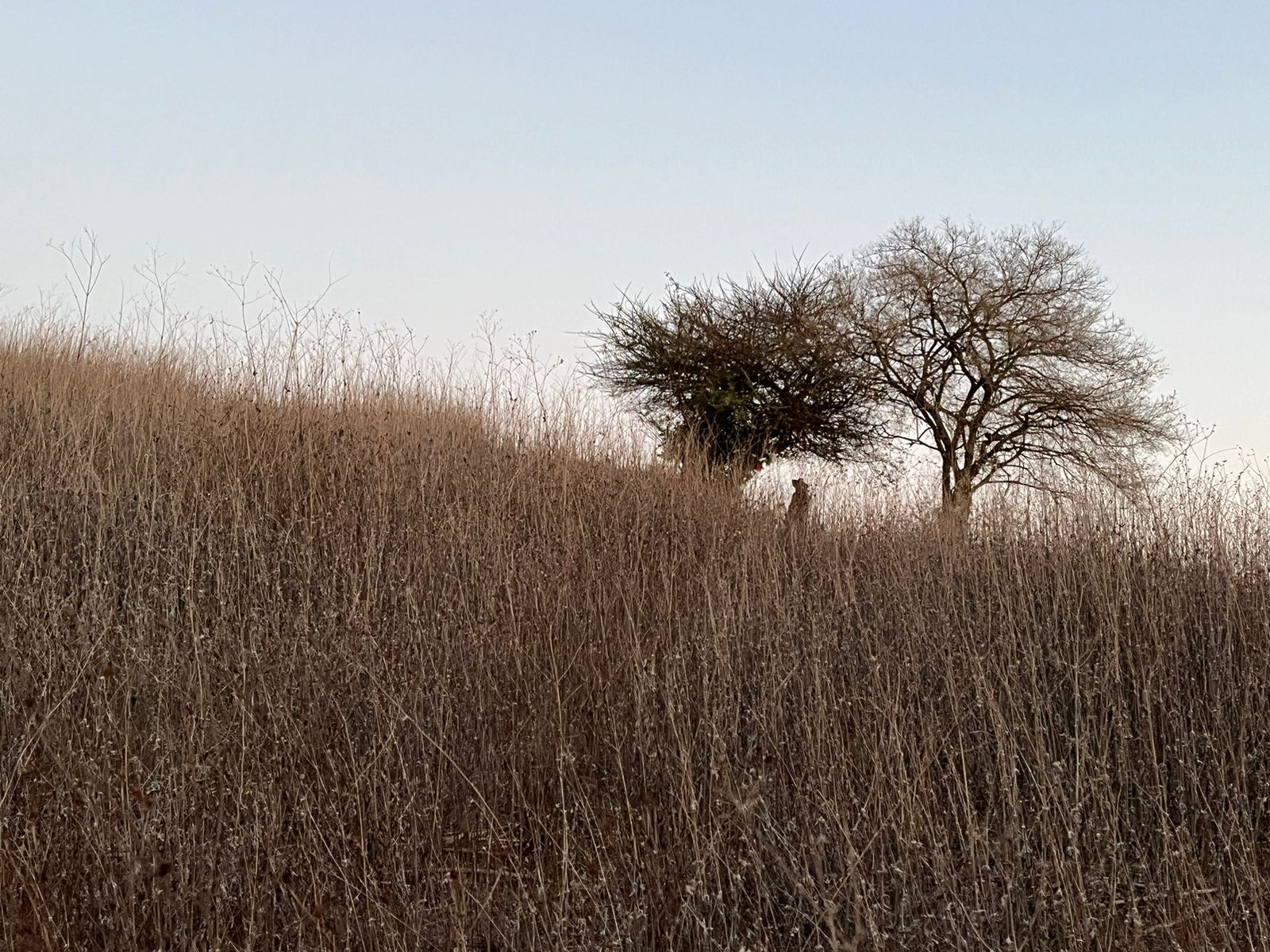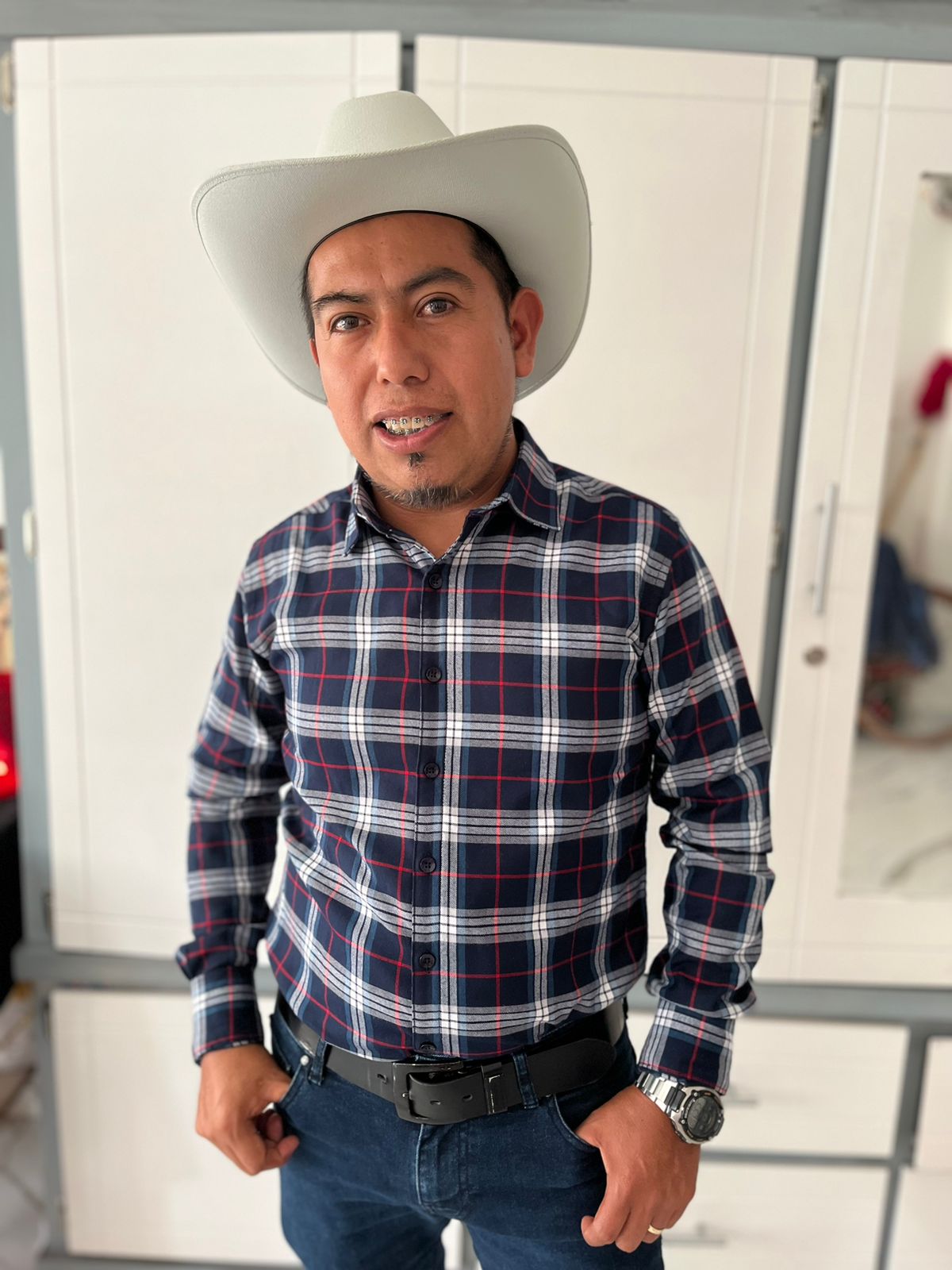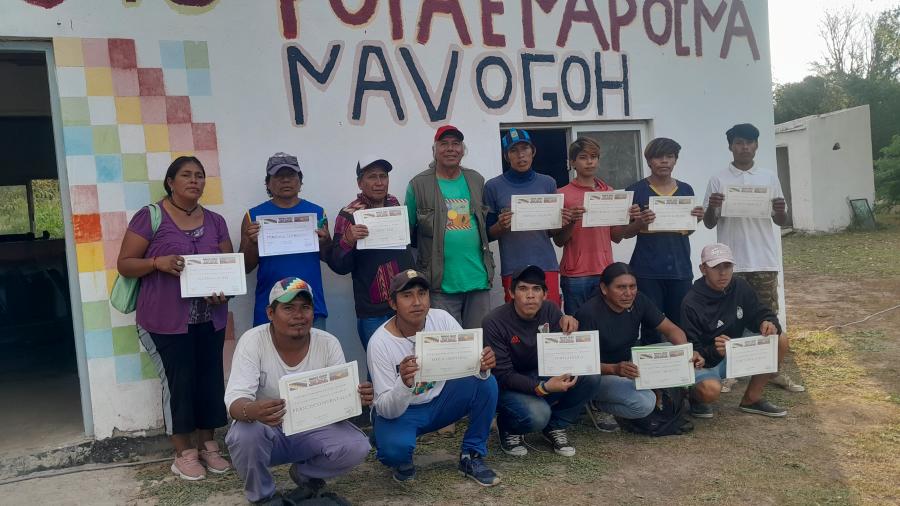
Diana Pastor (Maya K’iche’)
Martín Tonalmeyotl (Náhuatl) grew up in Atzacoaloya, Chilapa de Álvarez, Guerrero, México, where he took care of the family's animals and planted grains and vegetables in the afternoons after school. He made an effort to help out at home, never neglecting his chores. "I supported everything my father needed as long as he let me [go to] high school," Martín recalls. The whole family worked hard, and Martín routinely got up at 4:00 a.m. to go to the hill to look for clay for his grandmother and his mother to use in their handicrafts.
"My grandmother knew how to make almost all kinds of pots, gigantic ones, even taller than us. [My life] was always work and school," Martín says. After graduating from high school, Martín became a teacher. While working as a professor at the Intercultural University of the State of Puebla and at the Intercultural University of the State of Guerrero, he was awarded a college scholarship. He received another scholarship for his master's degree, and then another for his doctorate. "The truth is I had either to study or to work,” Martín says.
When Martín worked in the fields, he often met older men who told stories. He liked literature and wanted to learn to read and write and Spanish, so when he learned about a school of Hispanic-American literature at the Autonomous University of Guerrero, he thought it would be a good opportunity.
"There, I met several friends who liked reading,” Martín says. “I remember a friend of mine, Oralia, [who] did workshops and cultural events where she brought writers. There was an event where they asked me to read in the náhuatl language, so I created my first writings. They turned into poems, and from there I felt the ease of expressing myself through that genre."

Jacaranda tree, Los Borbollones, Guerrero.
Little by little, Martín says, he began to read writers in their native languages. He liked the way they wrote and how it coincided with his vision and philosophy. He began with prose and later came to poetry. Martín says he finds a certain ease in poetry because it is easy for him to write what he is thinking. "[When I finally] became aware of my identity in the last years of university, I began to write in my language," he says.
Martín’s work focuses mainly on anthologies and includes "Xochitlajtoli,” a collection of contemporary poetry. In 2019, it was the best-selling book in the poetry genre in Mexico. He also edited another book, "Flor de Siete pétalos" (flower of seven petals), featuring seven poems written by seven women poets in their native languages. His latest book is titled “Este." Martín has also edited anthologies of poets who write in the náhuatl language. He has produced one volume to date, with plans for at least two more.
For Martín is important to create everything from his language, as Spanish has always only been a bridge. "I like to write more in náhuatl. Even if I don't have [a lot of] readers, I know that two, five, 10 people will read me. Later, when we have all the children trained in our language and they can read and write, they will need materials,” he says.

Dry season in Guerrero.
For Martín, to write now is to open new paths for future generations to succeed and do better than their predecessors. "I think that the word is in everything and that it can heal many things in the soul. Why write poetry? Because here there are no people who do it; everything we read and what we get in schools is always from outsiders who often do not share the vision we have as Native peoples,” he says.
"When we write from our own languages,” he continues, “all the vision we share through writing is with a communitarian and respectful vision. Writing serves as inspiration, but it also serves us as a denunciation of so many atrocities and violence that children, young people, or we ourselves experience. One should not only write about wonderful things. Our people and towns live through violence. There are very sad things that happen but you don't want to or can't talk about them out of fear. Still, we dare to say many things.”
Martín believes in poetry as a palette of many colors, and that poets, as artists, choose the best color to express what they want to say. Writing about Indigenous Peoples gives an identity to the people of the community, to the territory. "It gives a face to our people, to our language, to our territory,” he says, “because every experience or every space on planet Earth where we look, think, and live is different."

-- Martín's work, along with those of other poets, is available for free at Gusanos de la Memoria.
Top picture: Nahua site for sheep from Atzacoaloya, Guerrero.
All pictures by Martín Tonalmeyotl.



